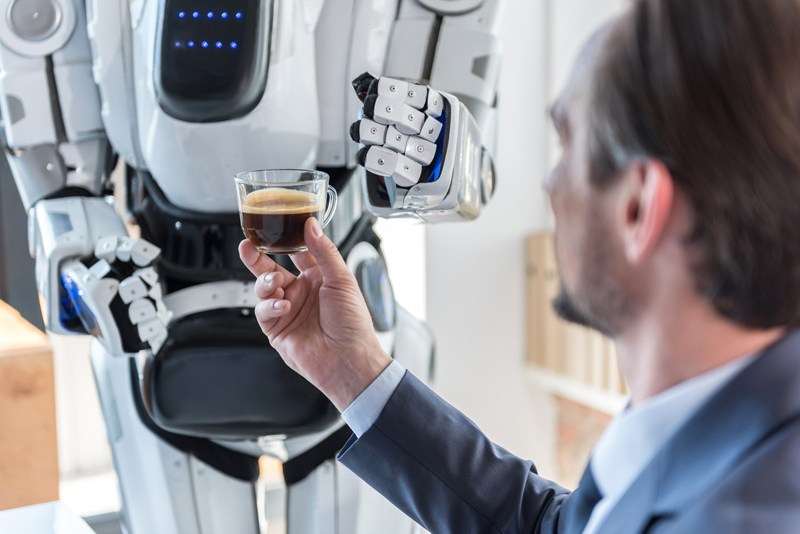
Technology is advancing at a faster pace than ever before, and using a data entry service to handle challenging data entry and analytics needs has now become a common trend for almost all businesses. It is vital to ensure accuracy and quality of the data. The restaurant industry is highly competitive and surges in food trends can lead to further uncertainty for those in the restaurant management industry. Restaurant management is highly complex and it requires proper planning, scheduling, food preparation, promotion consideration and customer interactions. Timely data entry and management in restaurants helps to improve the dining experience for their customers, increase profits, minimize internal costs and ensure that the business is running smoothly. Data entry is used for areas like:
- Budgeting for food and beverages expenses
- Product mixing
- Customer data
- Table turnovers
- Managing recipes and inventory
- Staff schedule
- Bar management
- Vendor planning, payment and orders
- Social media tracking and surveys
Here are some of the ways in which digitization and automation can transform the restaurant industry in 2020:
- Handheld technology: Gone are the days where waiters go from table to table taking orders on chits of paper. Today we have handheld devices that allow table ordering system. It allows them to easily scroll through the menu and the orders can be viewed directly in the kitchen. These devices also have entertainment features that keep the customers engaged while the order is being prepared. This minimizes table turn around time, serve more guests and also provide great service.
- Chatbots: Famous restaurant chains like Burger King and Taco Bell are implementing chatbots which is an effective tool for engaging with the customers. These bots are programmed to carry out tasks like answering FAQs, processing orders, sending targeted promotional messages and directing customers to website or payment getaways. This technology can be integrated with social media platforms to deliver more value and an enriching experience to customers.
- Voice technology: Virtual assistant is not a new technology and restaurant chains like KFC and Pizza hut are using voice-activated ordering to provide a seamless experience to their customers. In-app voice assistance or integration with major virtual assistants like Alexa or Google Assistant allows easy navigation for customers to place orders.
- Use of mobiles: Devices like tablets and smartphones have mobile billing apps that ensure more efficiency. The orders taken by the servers directly reflect in the POS systems. As these hand-held systems are well integrated with the overall restaurant management platform, servers can also avail the entire order history of specific customers. Orders taken on handheld devices decreases the turnaround time and the chefs can begin preparing the dishes as quickly as possible. Having mobile apps provide better audience reach, enhanced customer experience, targeted customer offers, hassle-free order management and improved return visits.
- Self-ordering kiosk: Restaurants like McDonalds are setting up kiosks. Kiosks are small standing digital systems that let the customers place orders themselves. They speed up the service with a significant reduction in order taking time. Kiosks enable customers to customize their orders and pay their bill by any mode of payment. It helps to cut down long queues of customers and drive more customer traffic. It also has real time insight about customer preferences. All data can be analyzed and the restaurants can determine what is working for them and make improvements.
- Automation in kitchen: Today, we have many robots as waiters in several restaurants and slowly kitchens could be automated one day with robots as chefs instead of human chefs. Robotic system in kitchen will speed up order management and improve the overall performance of the restaurant. With the right combination of human skill and automation, restaurants can meet the delivery time requirements and speed up the entire chain of events from order placement to food production to service delivery. Automation in the kitchen would provide an impeccable customer as well as employee experience and a competitive edge to pace well with growing customer demands.
The above mentioned are some of the ways in which restaurant management can make use of digitization for improving efficiency and boost customer satisfaction. A document scanning service or data entry service can assist hotel facilities with all their document conversion and data entry needs. They also assure secure protection of confidential information on a cloud so it can be accessed from any part of the hotel by authorized personnel.



